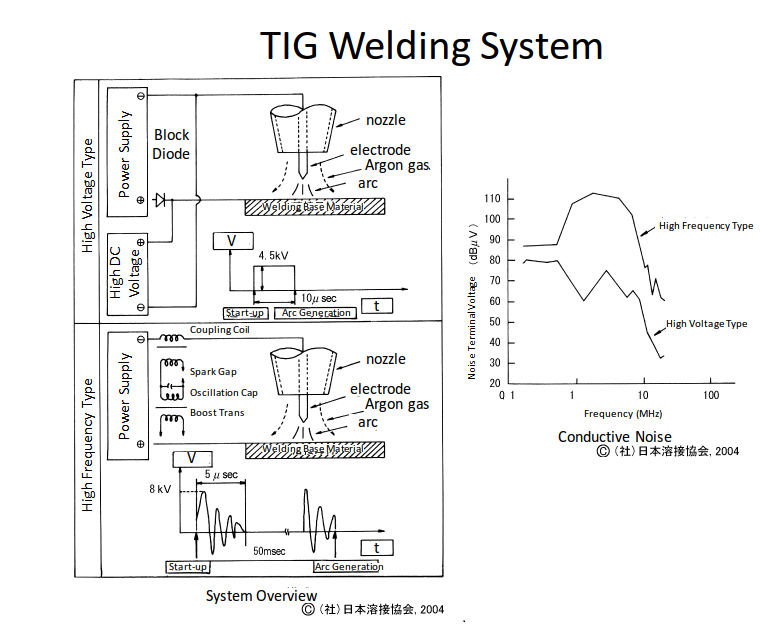[ OPA4192 ] Output Instability from Noise Immunity Test
Hi,
My customer is interested in OPA4192 for their industrial board and now trying to perform the noise immunity test.
During this noise test, the output from OPA4192 show a bit different behaviors comparing with another opamp.
Can you help to identify what is the issue on their board and how they would need to change?
Their schematics is as below.
As you can see the waveform below, the output from OPA4192 is ocassionally inverted, while the output from competitor is not.
I have checked some points to customer.
* Output load should NOT be higher than 1nF.
* It's not easy to identify which pin of OPA4192 is affected from this noise.
I did think that the phase reversal protection is included into this device, and good EMIRR help to prevent this kind of issue...
Any ideas, comments and idea of alternative amps are highly appreciated!!
Thanks,
Ken


